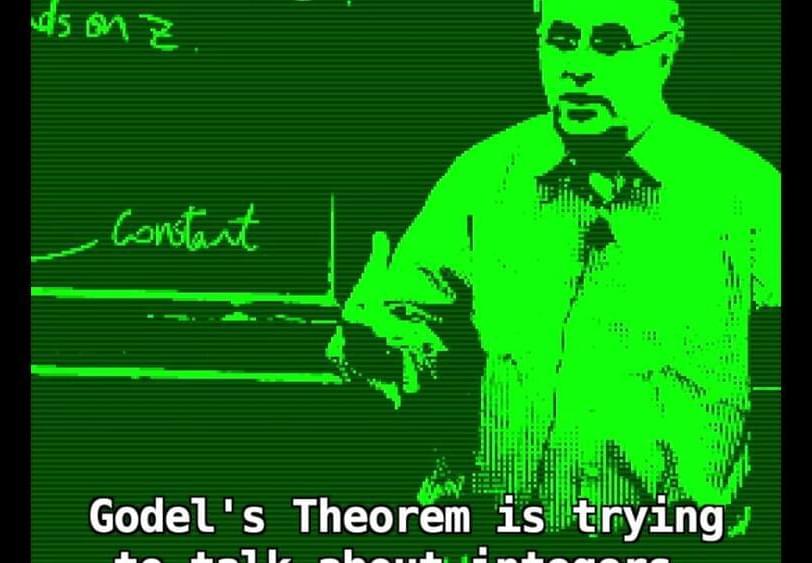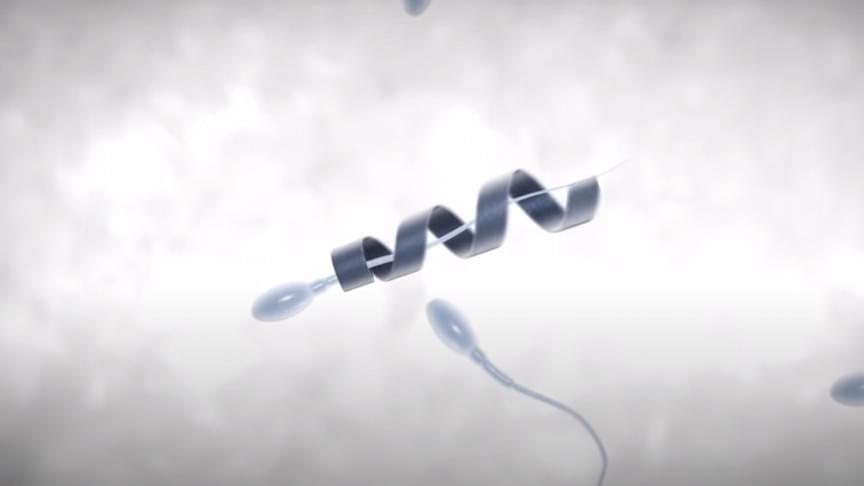Sep 24, 2021
A.I. identifies a new antibiotic for drug-resistant bacteria
Posted by Shane Hinshaw in categories: biotech/medical, robotics/AI
A deep-learning model identifies a powerful new drug that can kill some antibiotic-resistant bacteria.
A deep-learning model identifies a powerful new drug that can kill some antibiotic-resistant bacteria.
Reservoir computing, a machine learning algorithm that mimics the workings of the human brain, is revolutionizing how scientists tackle the most complex data processing challenges, and now, researchers have discovered a new technique that can make it up to a million times faster on specific tasks while using far fewer computing resources with less data input.
With the next-generation technique, the researchers were able to solve a complex computing problem in less than a second on a desktop computer — and these overly complex problems, such as forecasting the evolution of dynamic systems like weather that change over time, are exactly why reservoir computing was developed in the early 2000s.
These systems can be extremely difficult to predict, with the “butterfly effect” being a well-known example. The concept, which is closely associated with the work of mathematician and meteorologist Edward Lorenz, essentially describes how a butterfly fluttering its wings can influence the weather weeks later. Reservoir computing is well-suited for learning such dynamic systems and can provide accurate projections of how they will behave in the future; however, the larger and more complex the system, more computing resources, a network of artificial neurons, and more time are required to obtain accurate forecasts.

Who has a different opinion here?
Science writer Charles Q. Choi identifies a number of limitations, including a, perhaps, surprising one: AIs are very bad at math.
Continue reading “Sure, AI Could Run the World — Except for Its Fundamental Limits” »
Scientists at Stanford University and the University of North Carolina at Chapel Hill have created a 3D-printed vaccine patch that provides greater protection than a typical vaccine shot.
The trick is applying the vaccine patch directly to the skin, which is full of immune cells that vaccines target.
The resulting immune response from the vaccine patch was 10 times greater than vaccine delivered into an arm muscle with a needle jab, according to a study conducted in animals and published by the team of scientists in the Proceedings of the National Academy of Sciences.
Continue reading “A 3D printed vaccine patch offers vaccination without a shot” »
Astronaut Garrett Reisman, who helped develop SpaceX’s Crew Dragon capsule, also has experience of working with NASA.
A research team led by IBM and the Skolkovo Institute of Science and Technology (Skoltech), Russia, has created an extremely energy-efficient optical switch. This could replace electronic transistors in a new generation of computers.
A tomato with higher levels of a nutrient linked to reduced stress can now be bought in Japan – it is the first CRISPR-edited food in the world to be launched commercially.
A subatomic particle has been found to switch between matter and antimatter, according to Oxford physicists analyzing data from the Large Hadron Collider. It turns out that an unfathomably tiny weight difference between two particles could have saved the universe from annihilation soon after it began.
Antimatter is kind of the “evil twin” of normal matter, but it’s surprisingly similar – in fact, the only real difference is that antimatter has the opposite charge. That means that if ever a matter and antimatter particle come into contact, they will annihilate each other in a burst of energy.
To complicate things, some particles, such as photons, are actually their own antiparticles. Others have even been seen to exist as a weird mixture of both states at the same time, thanks to the quantum quirk of superposition (illustrated most famously through the thought experiment of Schrödinger’s cat.) That means that these particles actually oscillate between being matter and antimatter.

The newly developed battery-free system runs on harvested energy and can help massively reduce the growing e-waste problem.

A sperm’s task may appear straightforward; after all, all it needs to do is swim to an egg and insert genetic material. However, in some cases, a healthy sperm’s inability to swim may result in infertility, which affects around 7 percent of all males.
This condition is called asthenozoospermia, and there is currently no cure. However, one study conducted in 2016 and published in the journal Nano Letters has set the example for what could be possible in the future: A team of researchers from the Institute for Integrative Nanosciences at IFW Dresden in Germany developed tiny motors that can make sperm swim better as they make their way to an egg, essentially acting as a taxi.
Continue reading “Watch Nanobot Carry Lazy Sperm to Fertilize Living Eggs” »